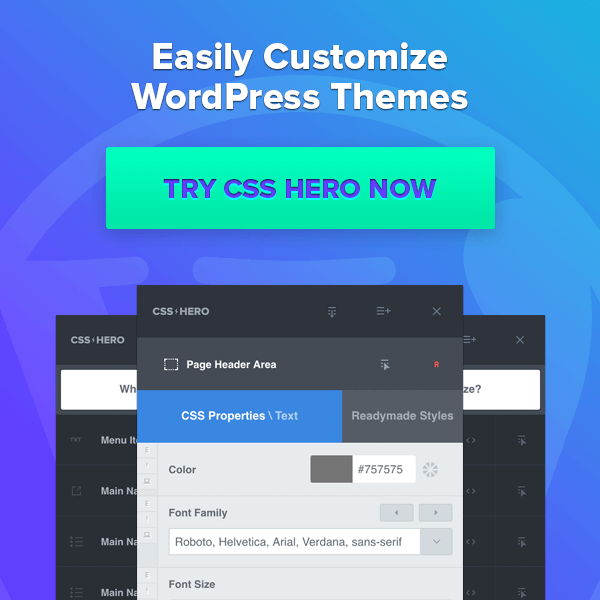Avoiding the Biggest Mistakes of Designer-Client Relationships
After working diligently on creating the strategy behind a new campaign or marketing piece and deciding on a design agency or freelancer, the worst thing that could happen is to have the relationship go south.
How can your company make sure that you are ensuring a successful outcome from working with an outside partner?
Expectations
Facing the reality of what your company wants versus what is reachable needs to be kept in mind when working with an outside vendor. There are certain factors that go in to what is actually attainable for the needs and wants of your design. Overall budget (how much is your company able to spend on the project), needed resources (people or software), and functionality of technology are all important aspects of a project. The vendor can work with your ideas and propose alternative solutions when meeting during the discovery/strategizing sessions or concepting phase of the project. Those will be the new expectations of the final product.
Roles
When negotiating the contract with the outside vendor be sure to understand their process and what elements need to be included in to the contract to fit your internal one. If items need to be routed to several people for their sign-offs, then be sure to have that included in your production timeline.
Also, understanding your role within the project will help the relationship strengthen. Are you the main contact? Do you only need to be involved in the finalizing of the concept/direction of the campaign or individual pieces? Do you only need to approve the cost? Bringing in the needed people at the right time will help alleviate confusion and streamline communications between parties.
Your company, as the client, has the right to voice what your needs are within the overall process. The project is owned by you and your vendor is help stewarding the process and creation of the needed items. Of course, always being respectful when requesting additional time or extra rounds is of general courtesy to those working hard to create your vision.
Time
Both parties are extremely busy and want to produce the best work possible. A lot of time will go in to the project in order to make it successful and mindfulness about everyone’s time is overall respectful.
Adhering to the agreed upon timeline keeps the project moving along at a steady pace, as it is built out with everyone’s time in mind and how fast feedback, approvals, and revisions can be made. When responses or design is late, the timeline shrinks and when work is rushed, the outcomes are not the best. People get flustered and work gets sloppy. If a part of the process will be late, communicate your needs and come to an agreement on how the rest of the timeline can be shifted to keep everyone still performing at their best.
Extras & Their Costs
This is not everyone’s favorite part of the discussion. Outside vendors have a certain cost structure in place for the rate of their services and your company has a certain budget to keep to. Letting the vendor know up-front what the budget your company needs stick to is, will help scope and set the roles up for the project. Negotiating rates are fine, as long as they are reasonable and fair.
If the scope of the project will or has incurred additional costs, please have that placed in writing from the outside vendor at the time of the change, instead of waiting until the final invoice comes. This change order will address the new scope of work that needs to be completed and charges. If the scope didn’t change, but extra rounds of revisions were needed, those will be shown on the final invoice, but asking the vendor to inform you during the production process that this is an extra round at a certain hourly rate, will be helpful to calculate costs at the end.
Upon completion of the project, being mindful of the payment terms will finalize a business relationship as a good or bad experience. Being late and unresponsive to the outside vendor will put a sour taste in their mouth and if the time comes for their creative help again, it may be difficult. Again, communicate if there are processing delays or hiccups in the final invoice payment.
Communication
Having an open and direct line of communication to your Account Manager and/or Project Managers will keep the project rolling in a good direction.
Just as your company will have a main contact that will help facilitate the project internally, the vendor will also name a point person to facilitate on their end. These contacts should be in contact constantly and work together to shepherd feedback, questions, and approvals. When too many internal members want a voice at the table, both parties will get confused and frustrated. Having a well-systematic process in place will ensure all necessary information has been relayed to the vendor.
Project Management and Creative Proofing tools can help aide in streamlining efficient communication to your vendor, as it will house all internal discussions and decisions. Even if the vendor uses a management software for the project, your own tool will help increase efficiency and decrease errors when delivering information from your internal team.
All of the above items have one skill that holds the process of working with an outside vendor all together – communication. Without both parties communicating effectively during the duration of the project, the relationship will be difficult to manage and work will suffer. Your company would like a well-designed piece for the amount you can pay for and the agency would love a returned customer or your referral. These motivators should help keep the lines of communication open.
At Colleen Eakins Design, we take pride in providing clear and effective communication to produce the best pieces based on your needs. Consult with us today on how we can bring to life your next big idea.






